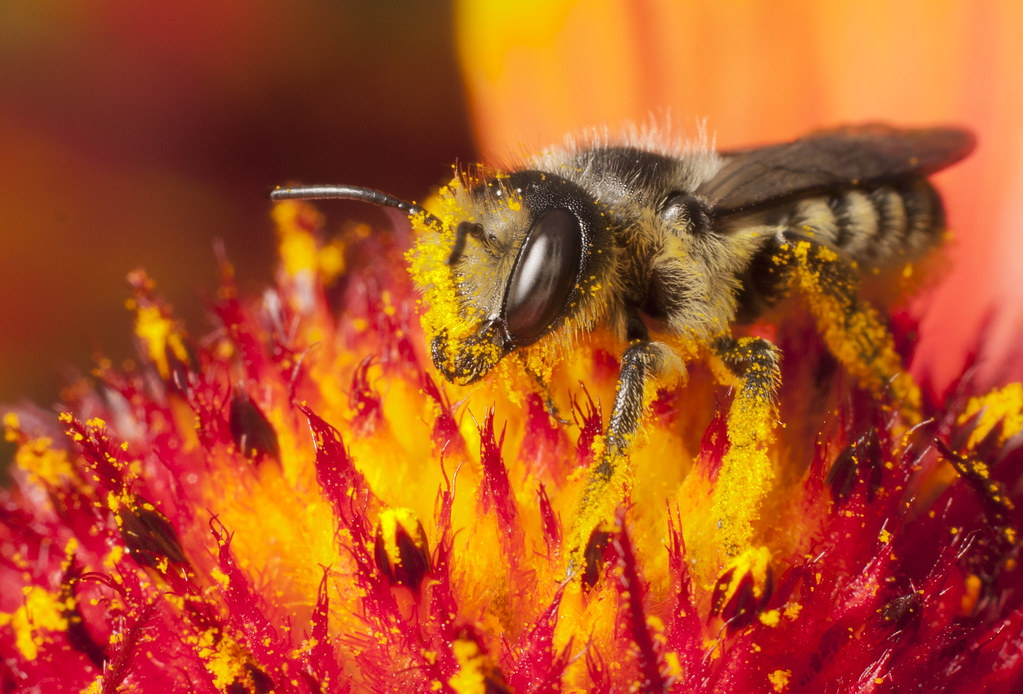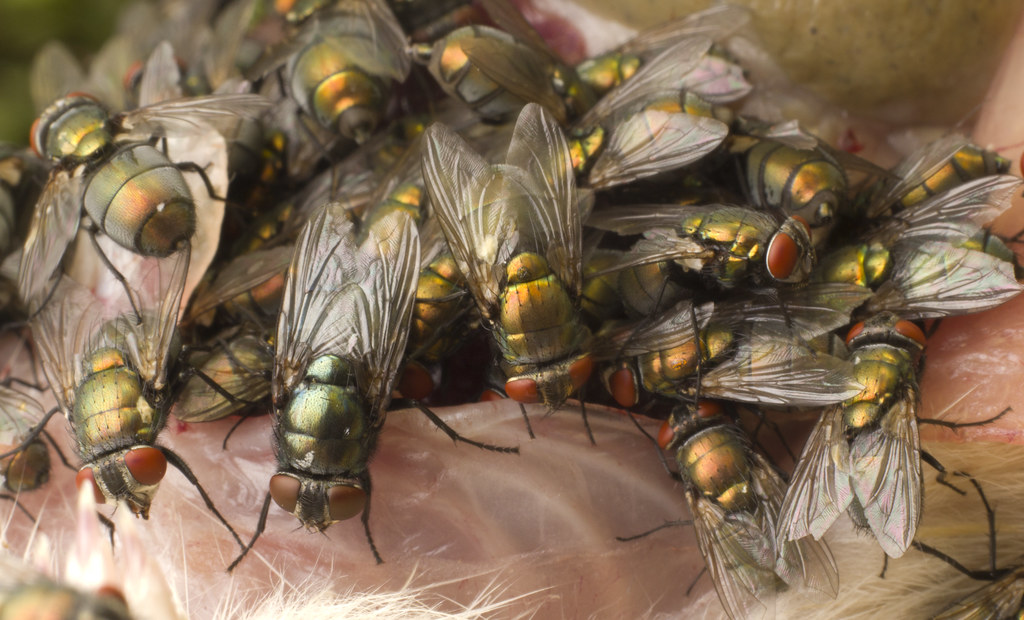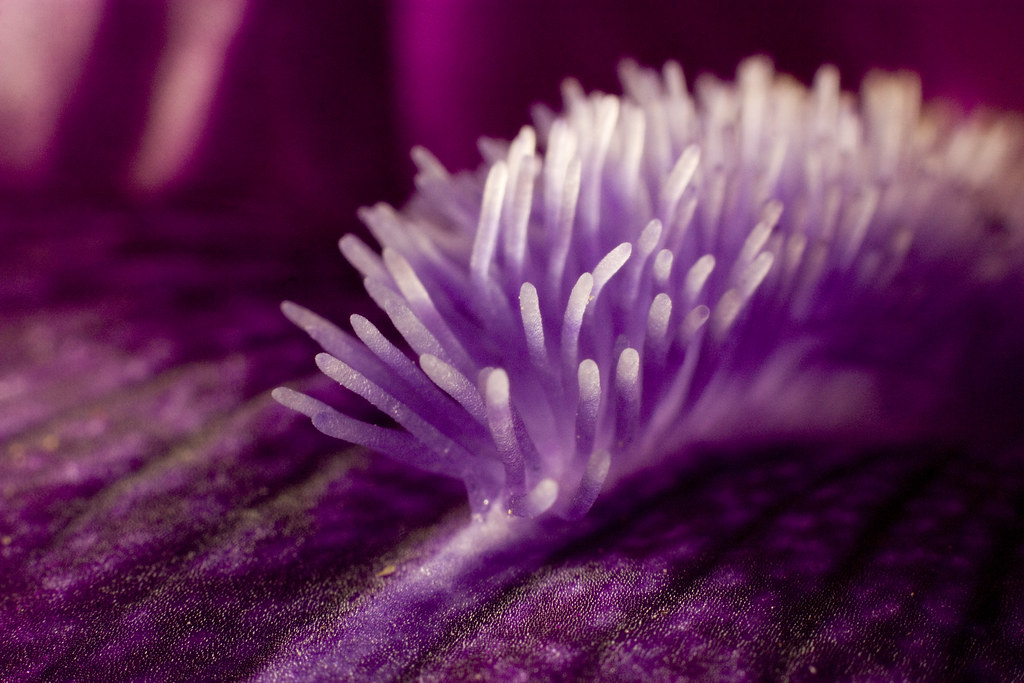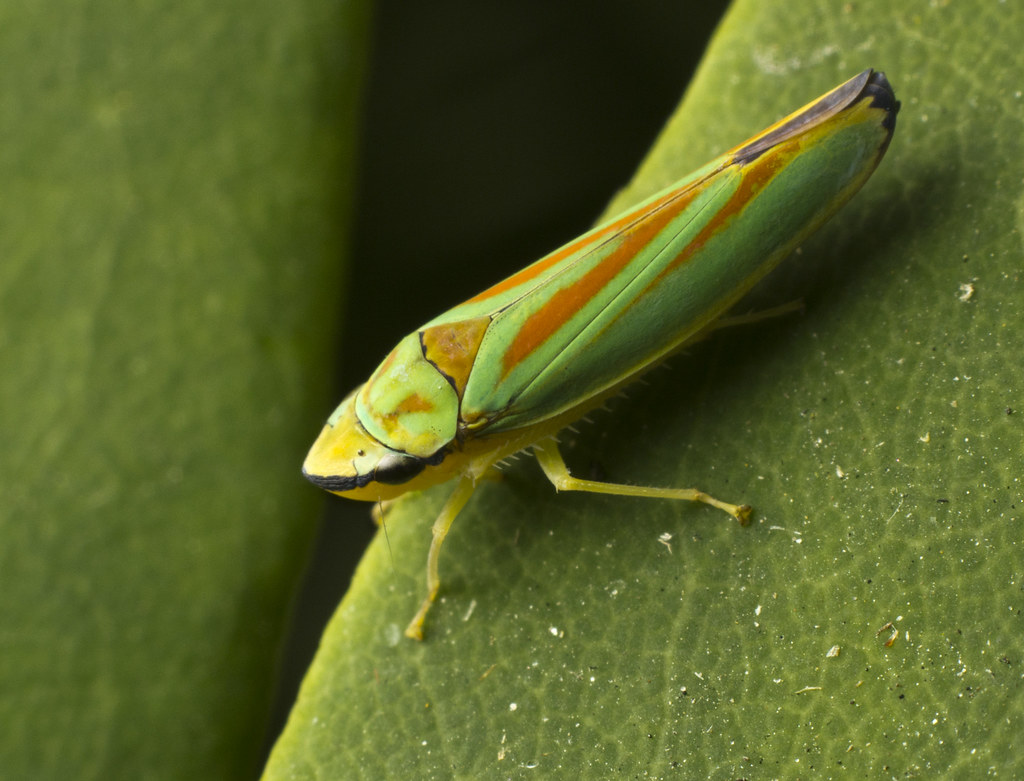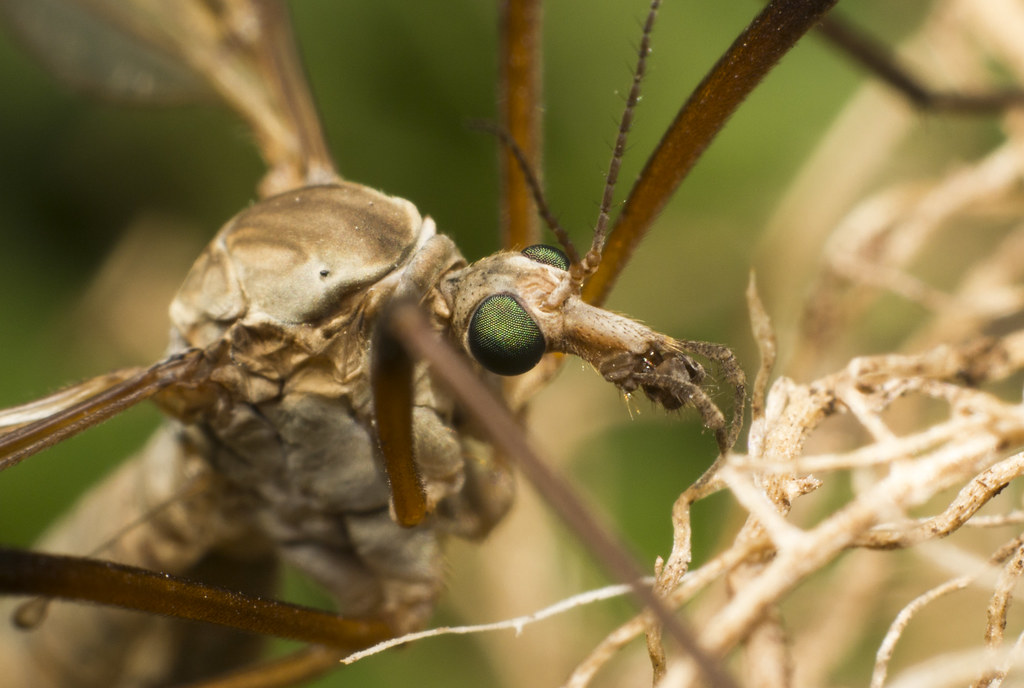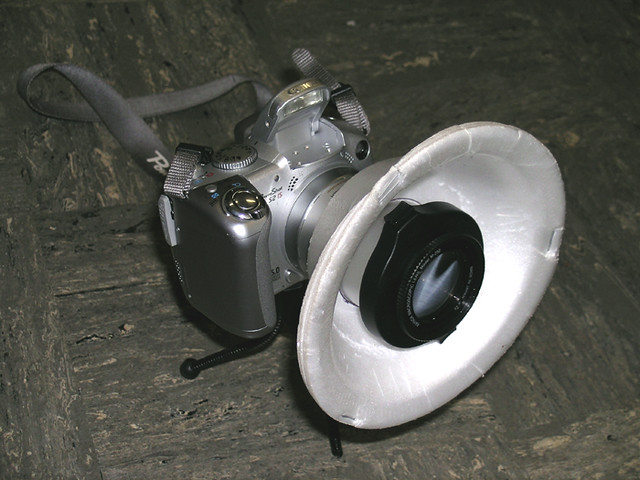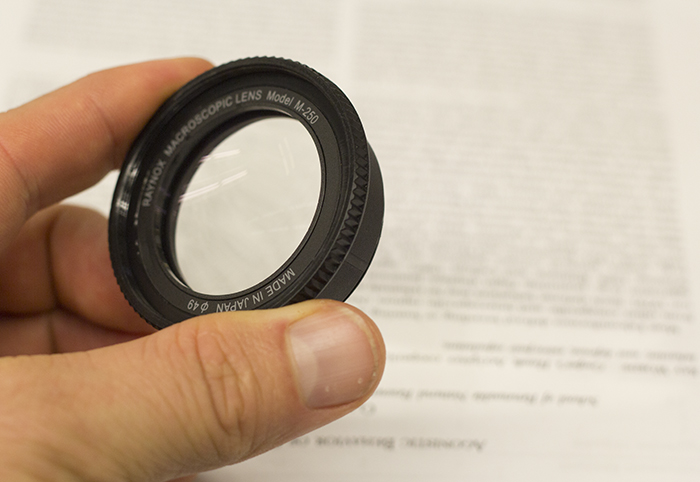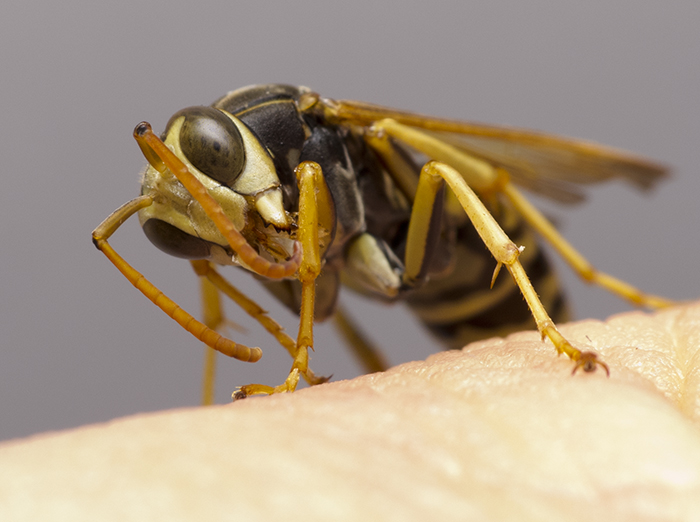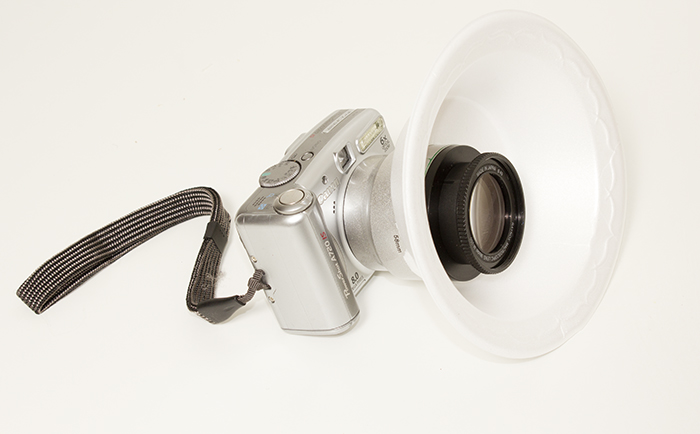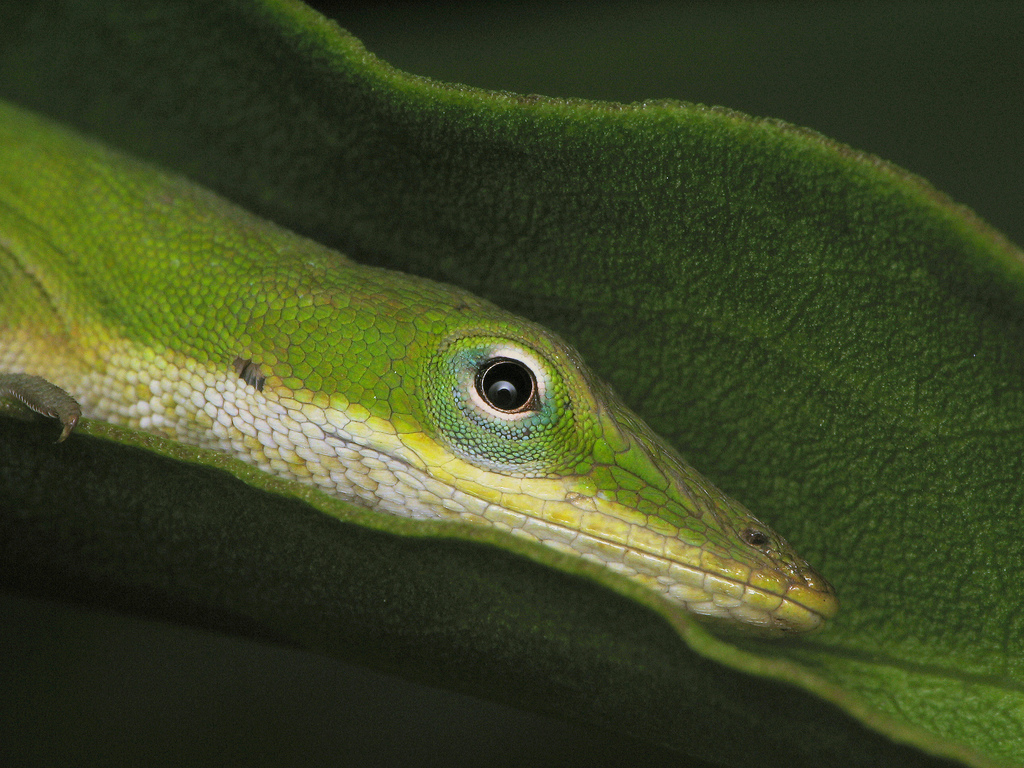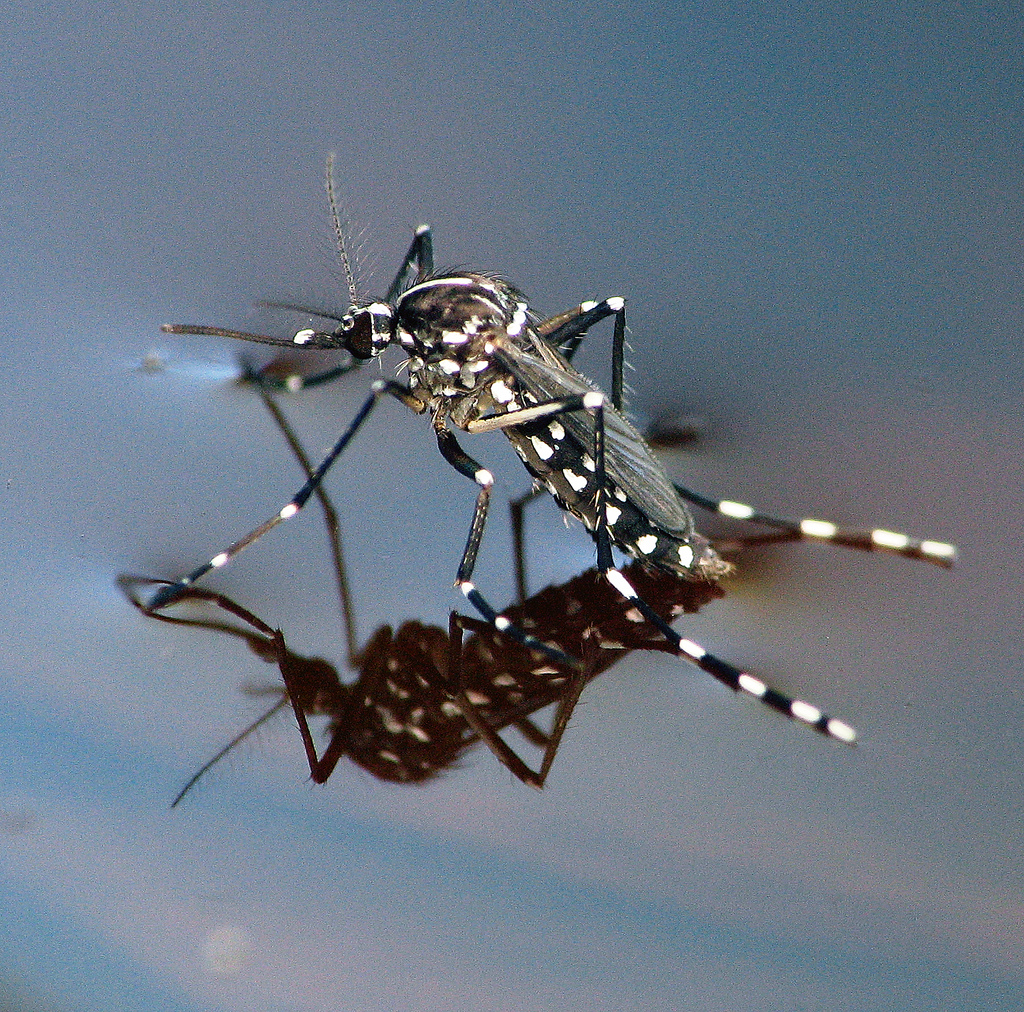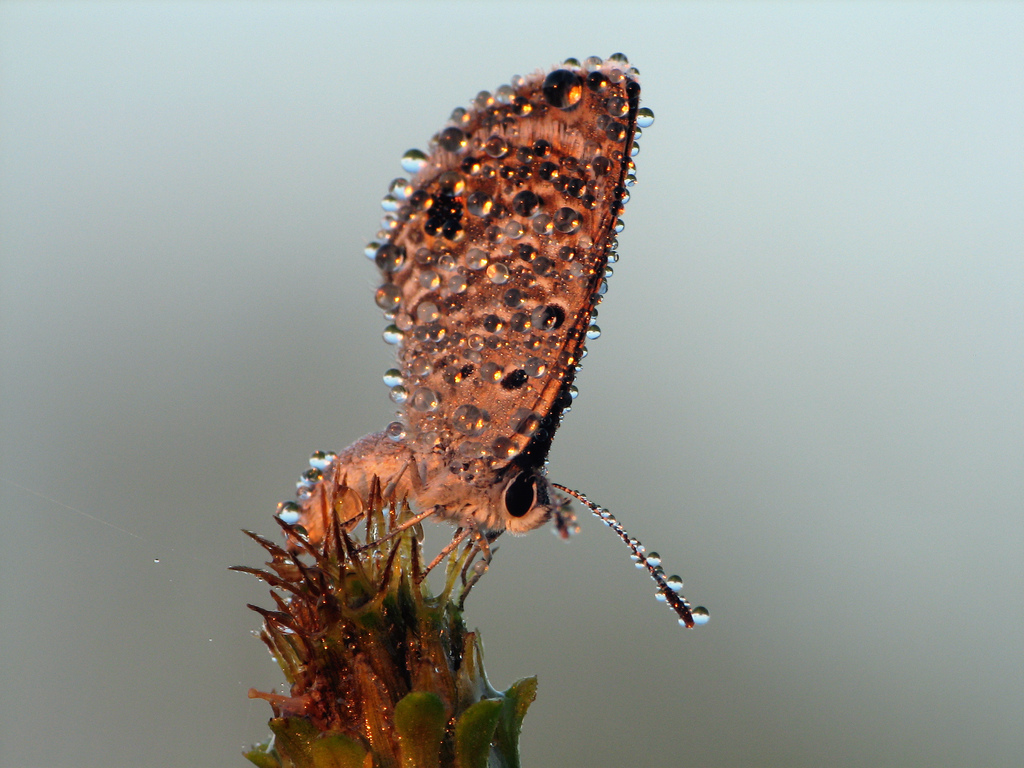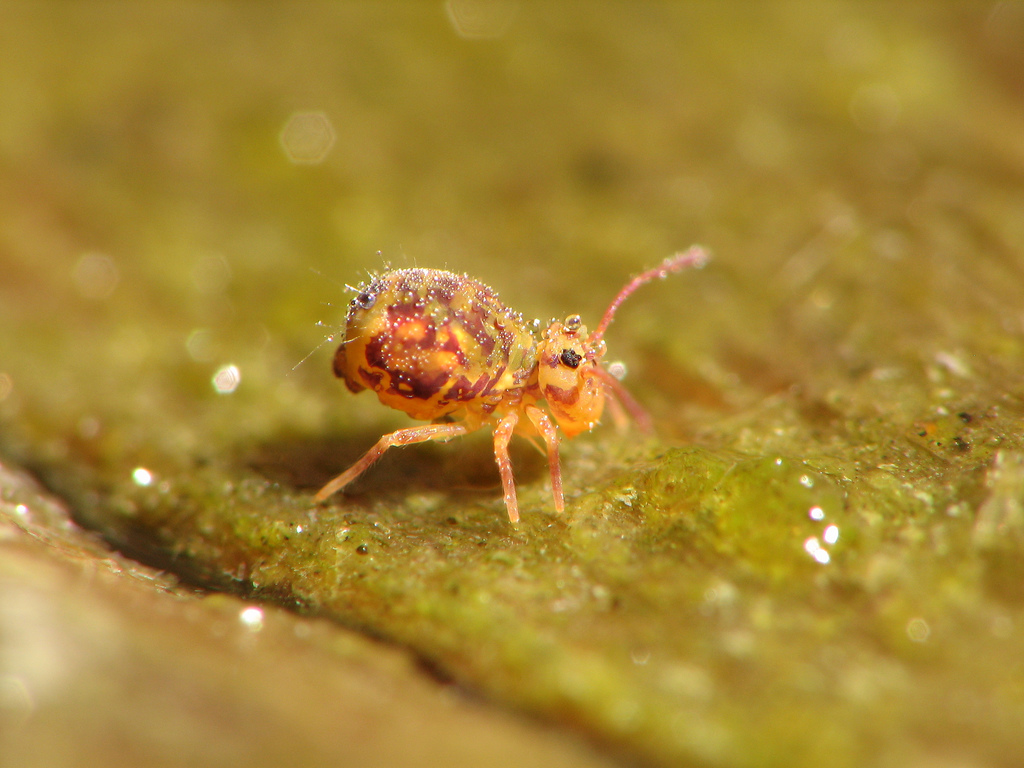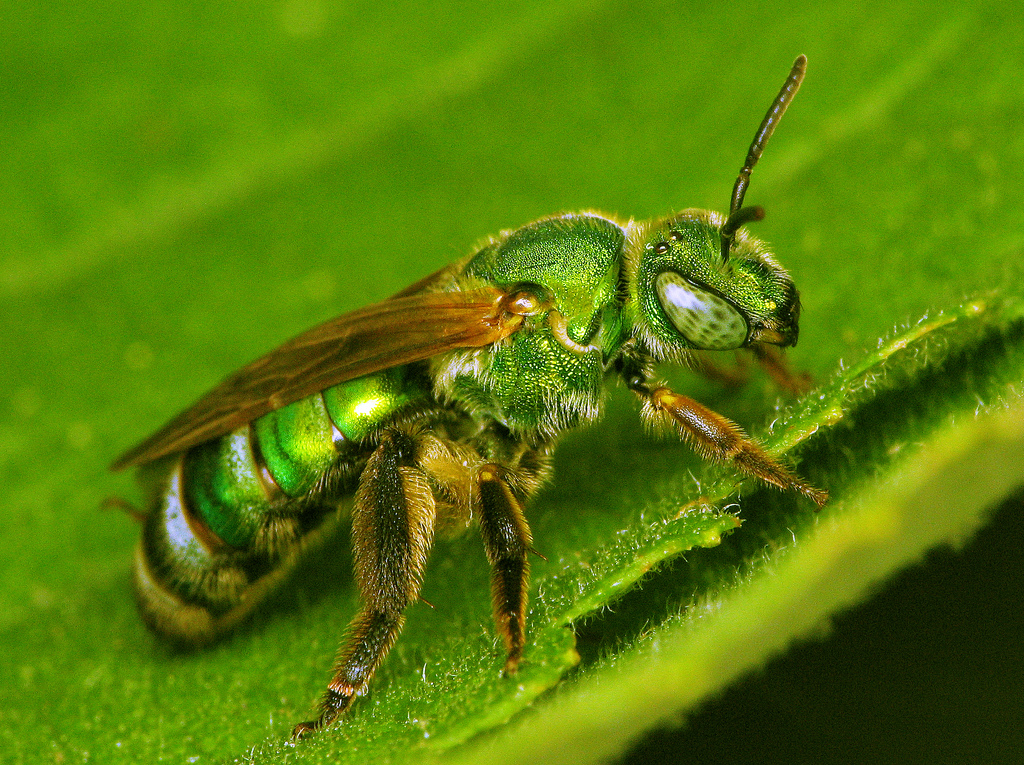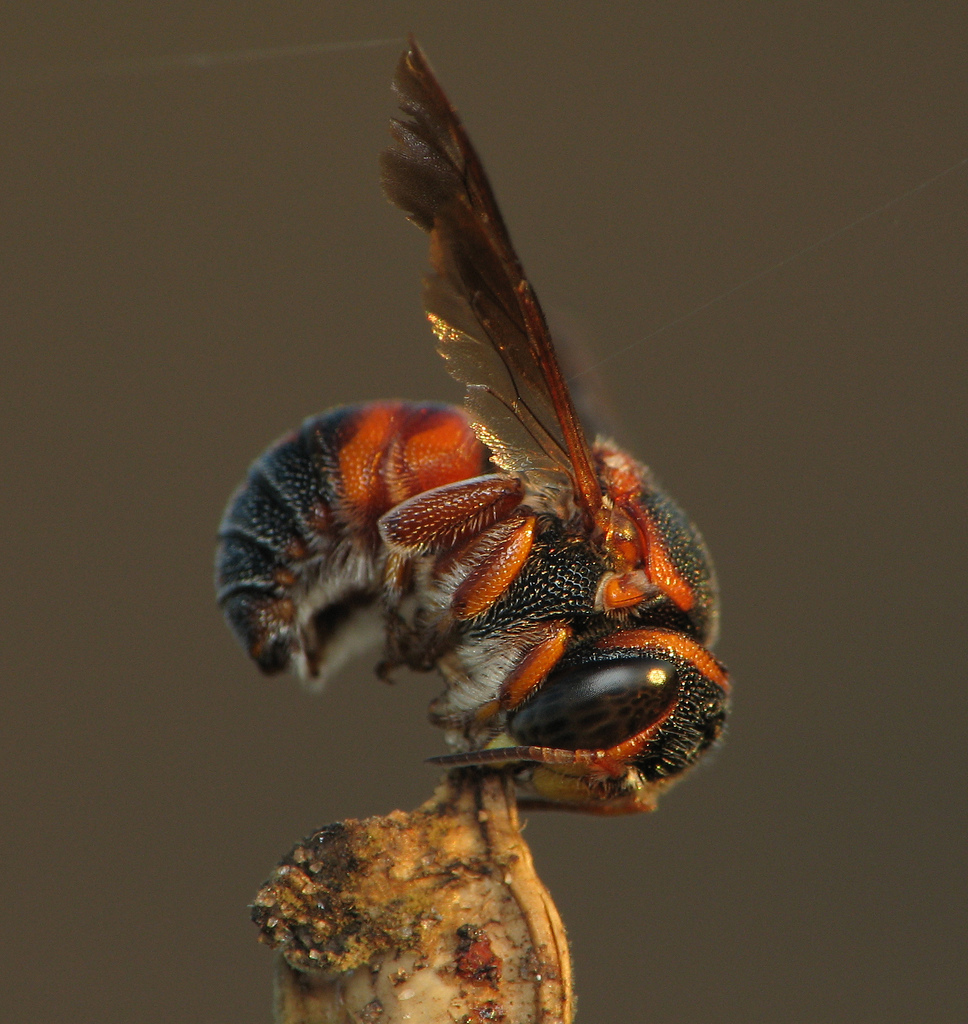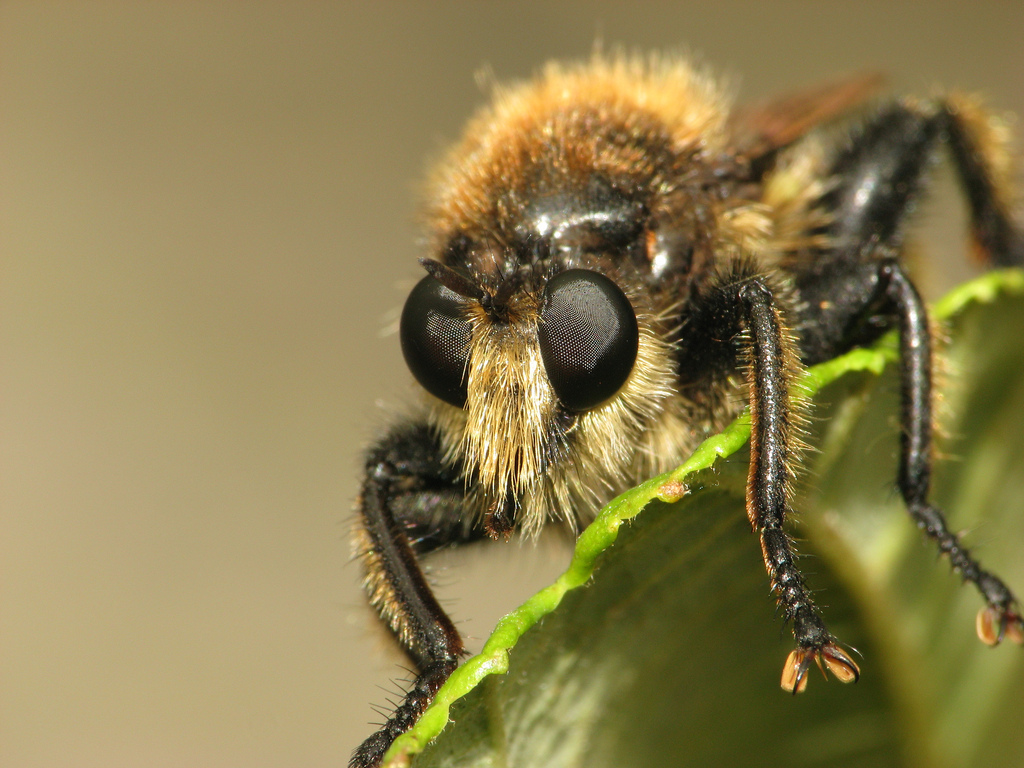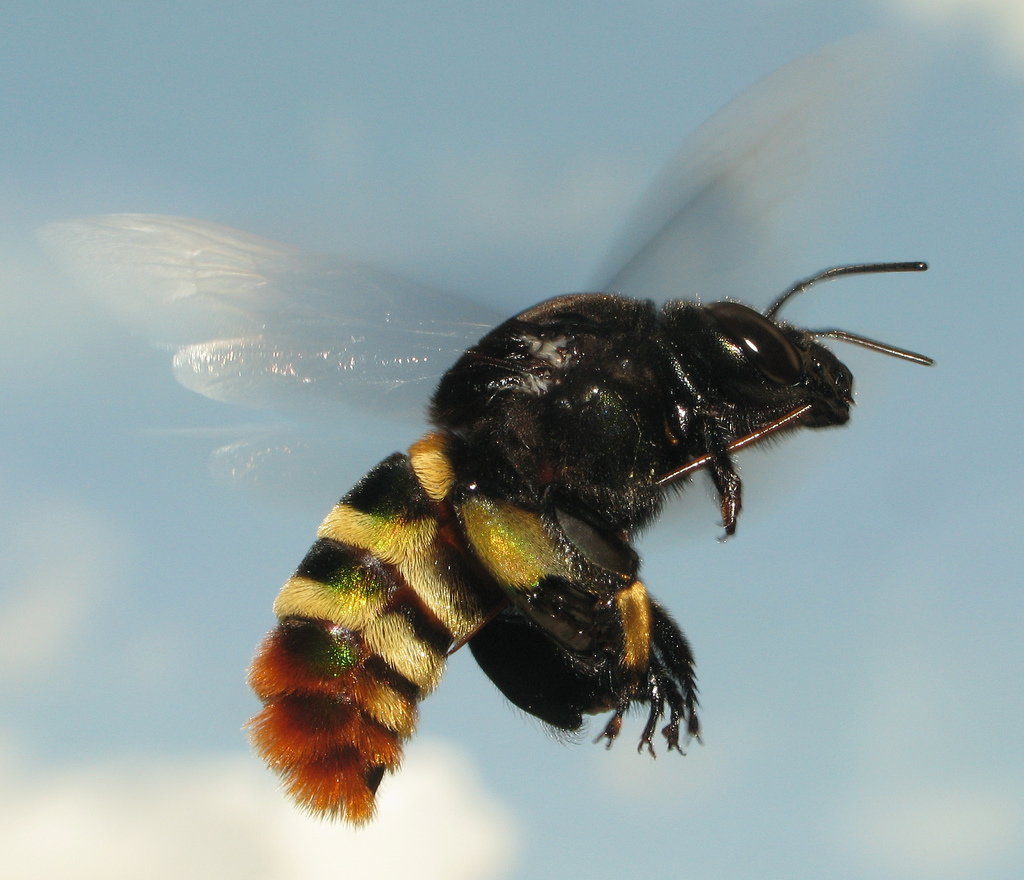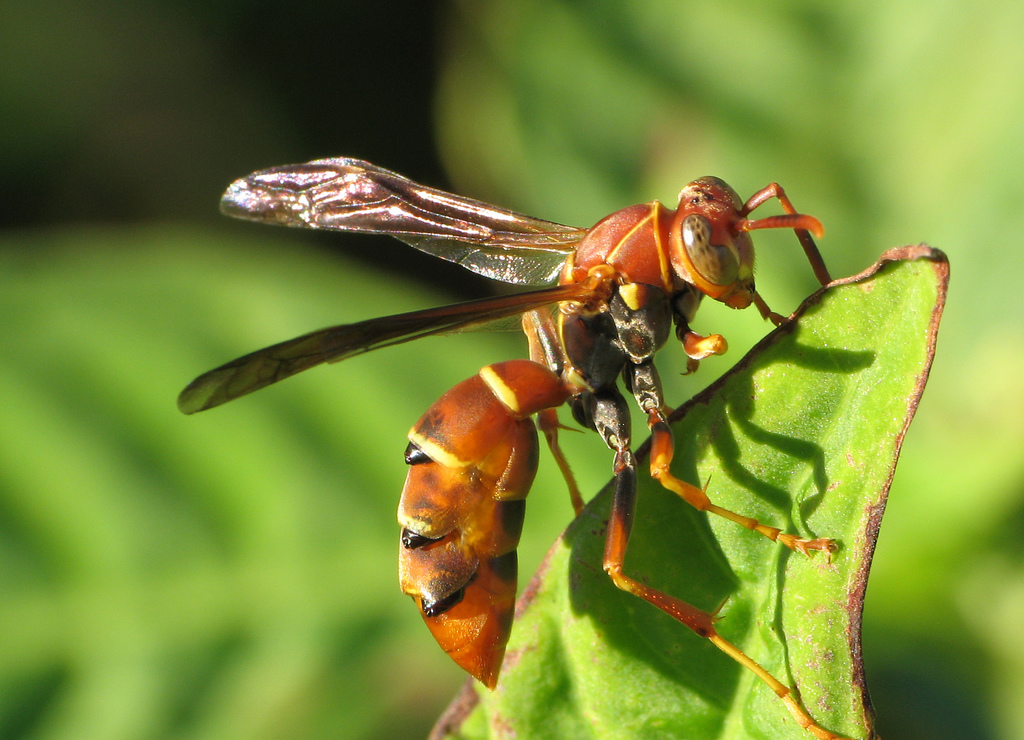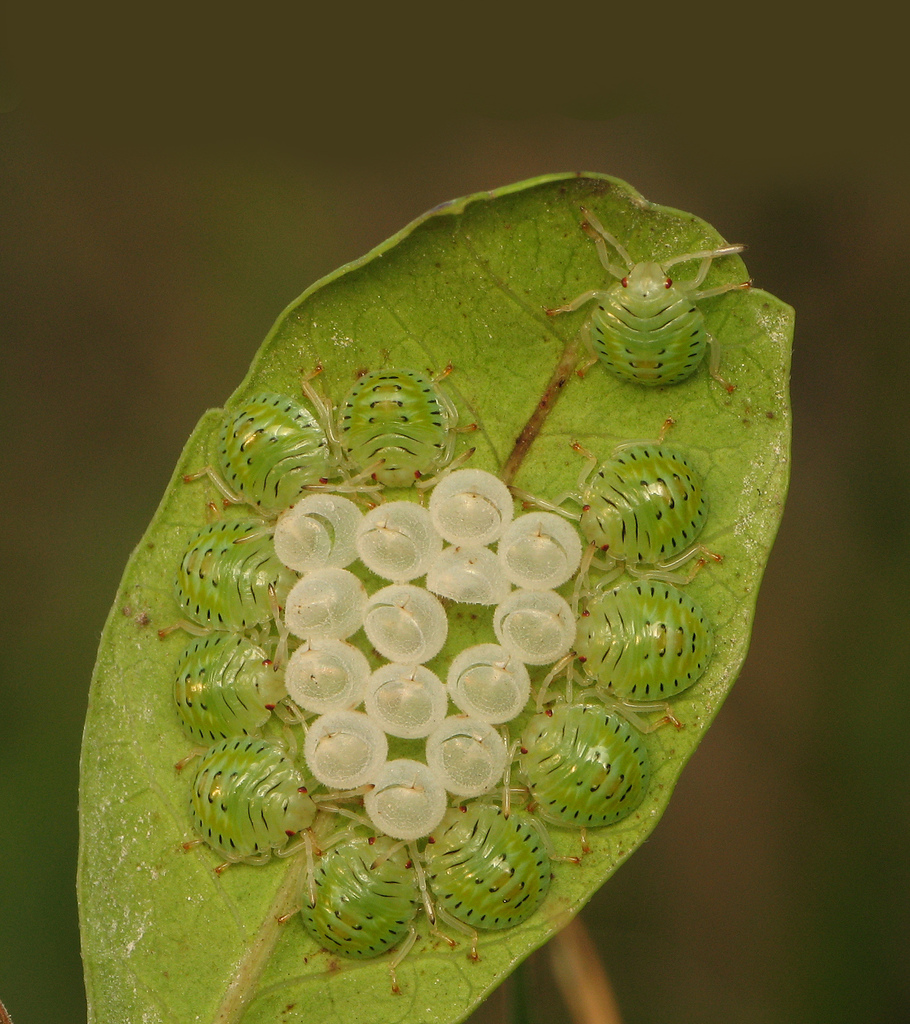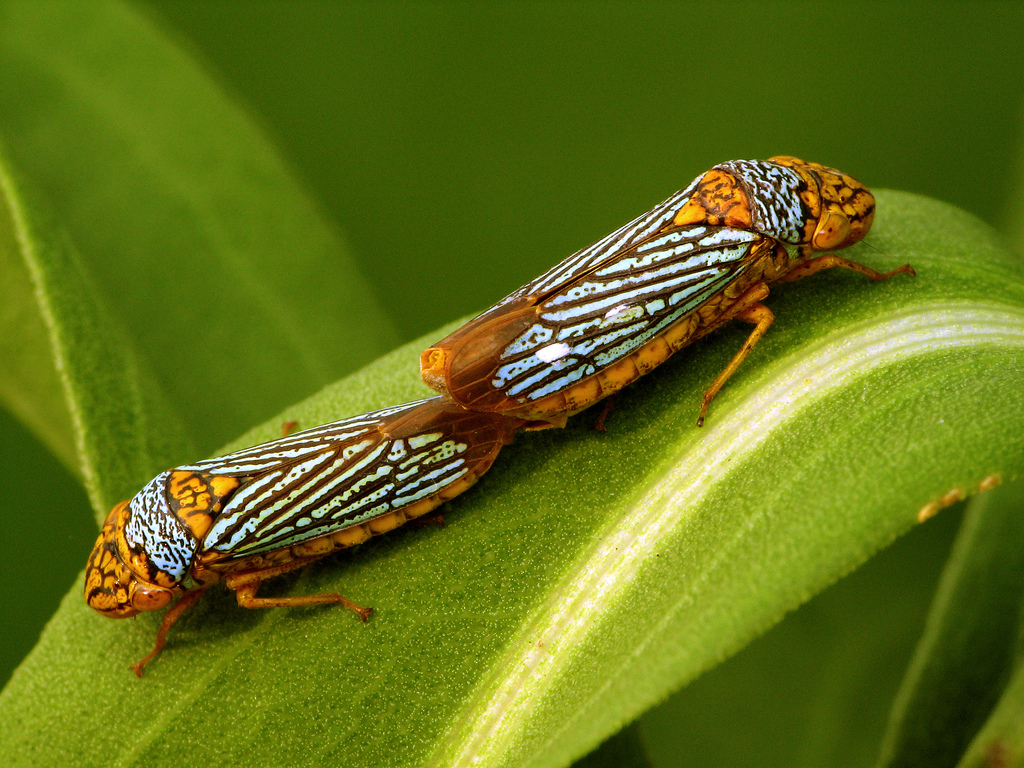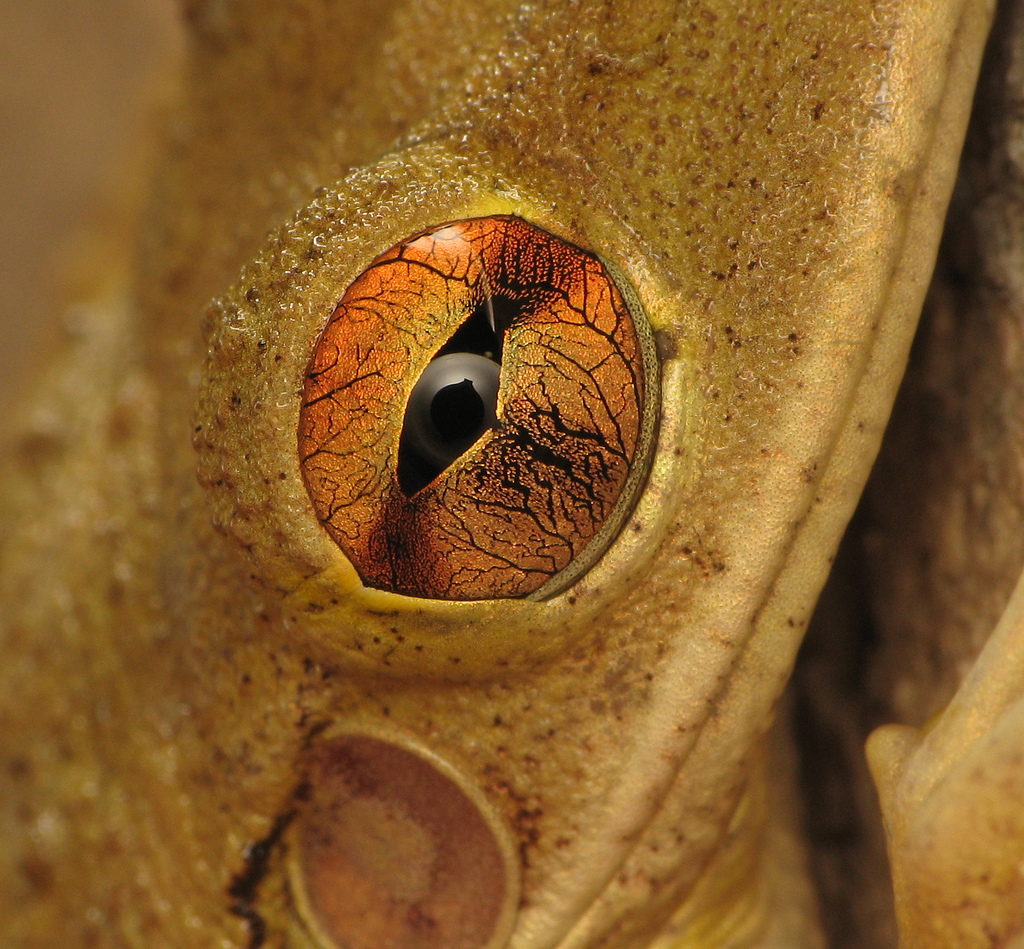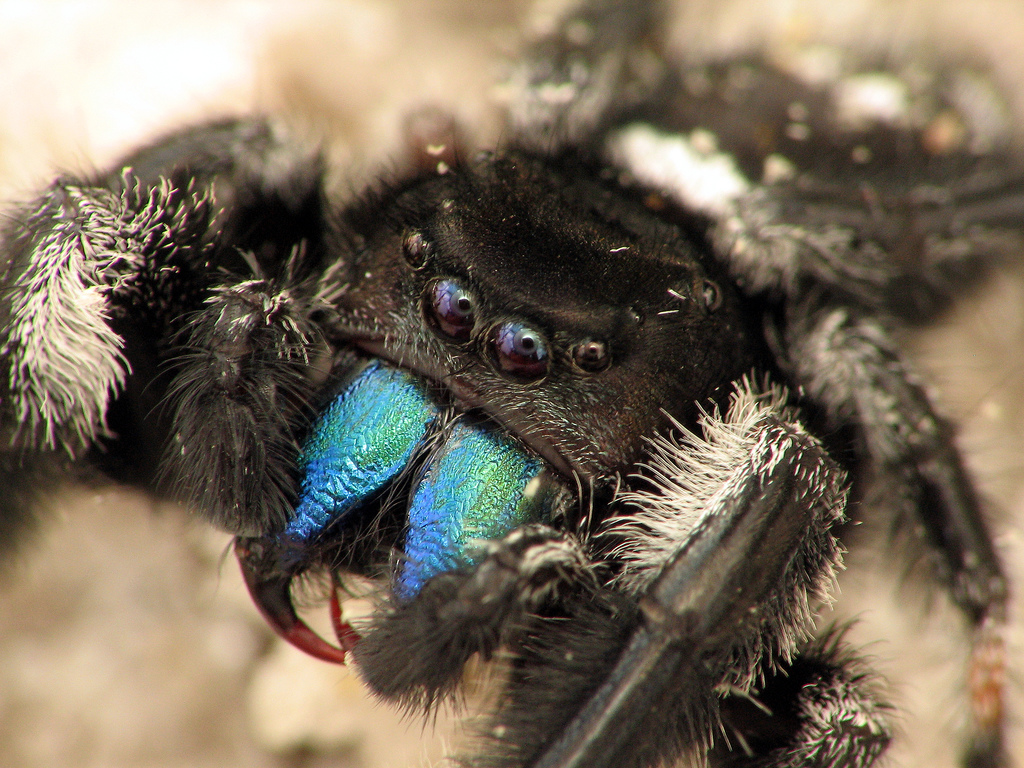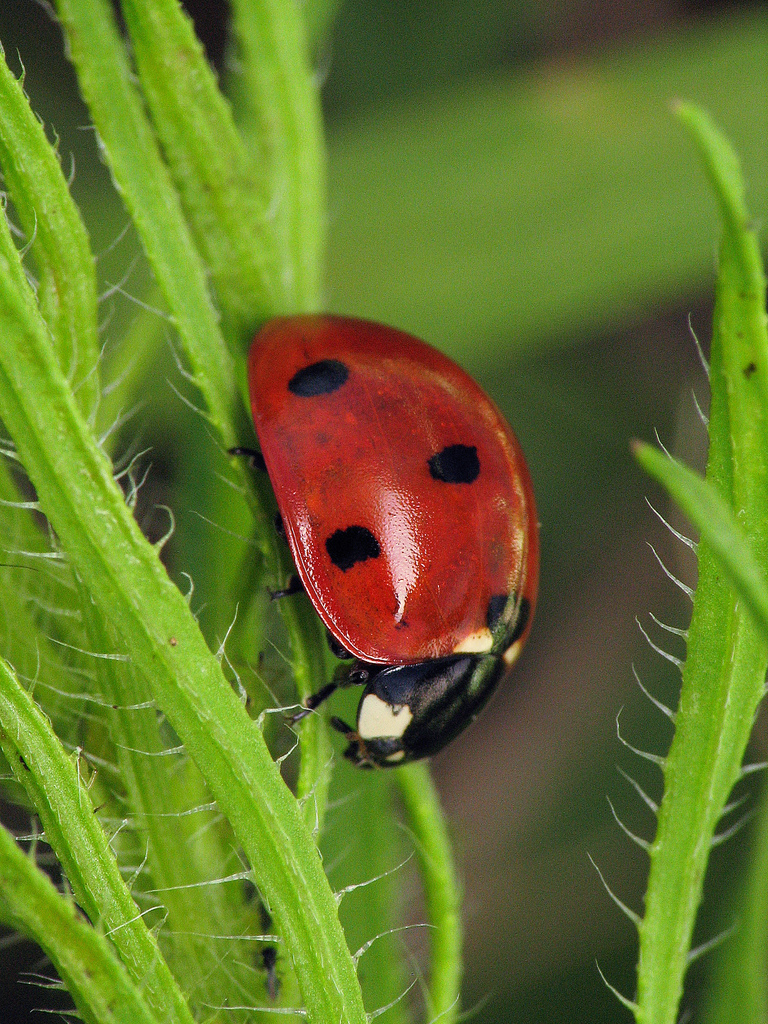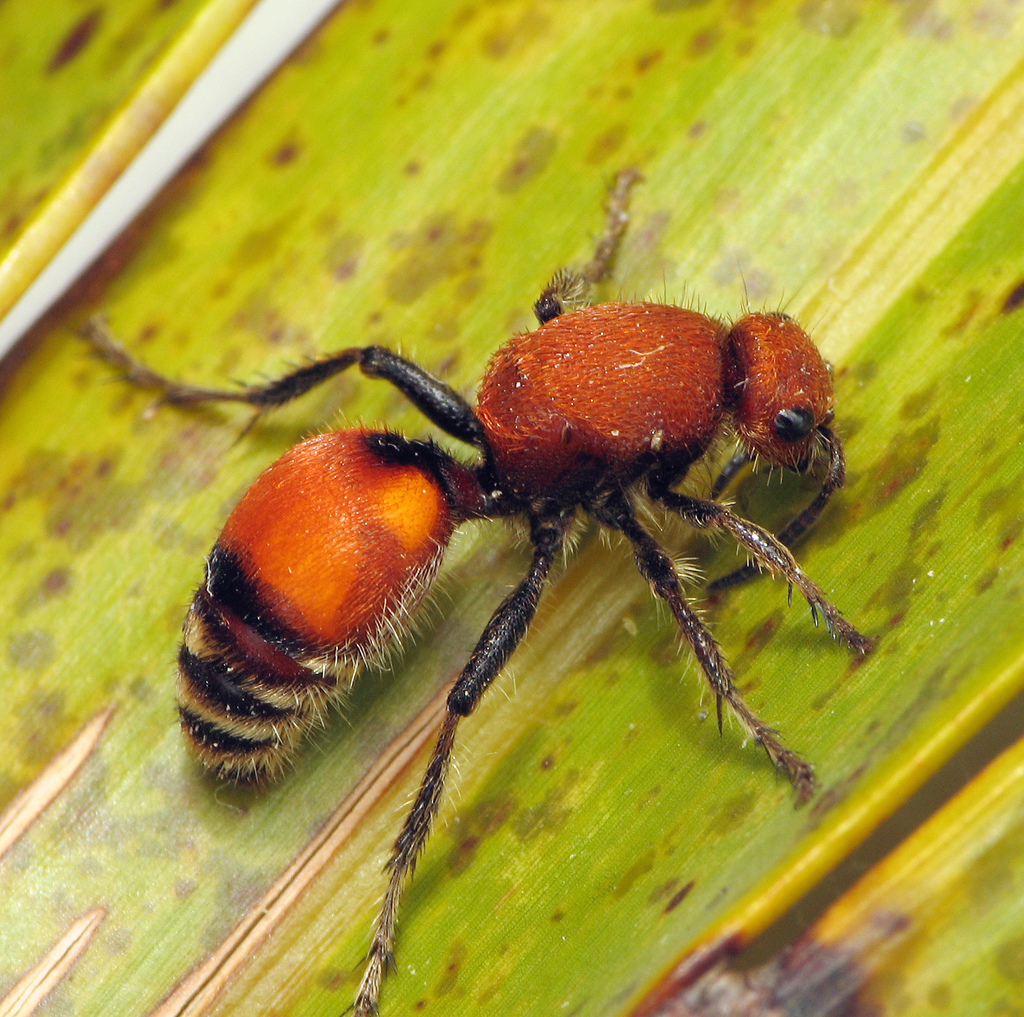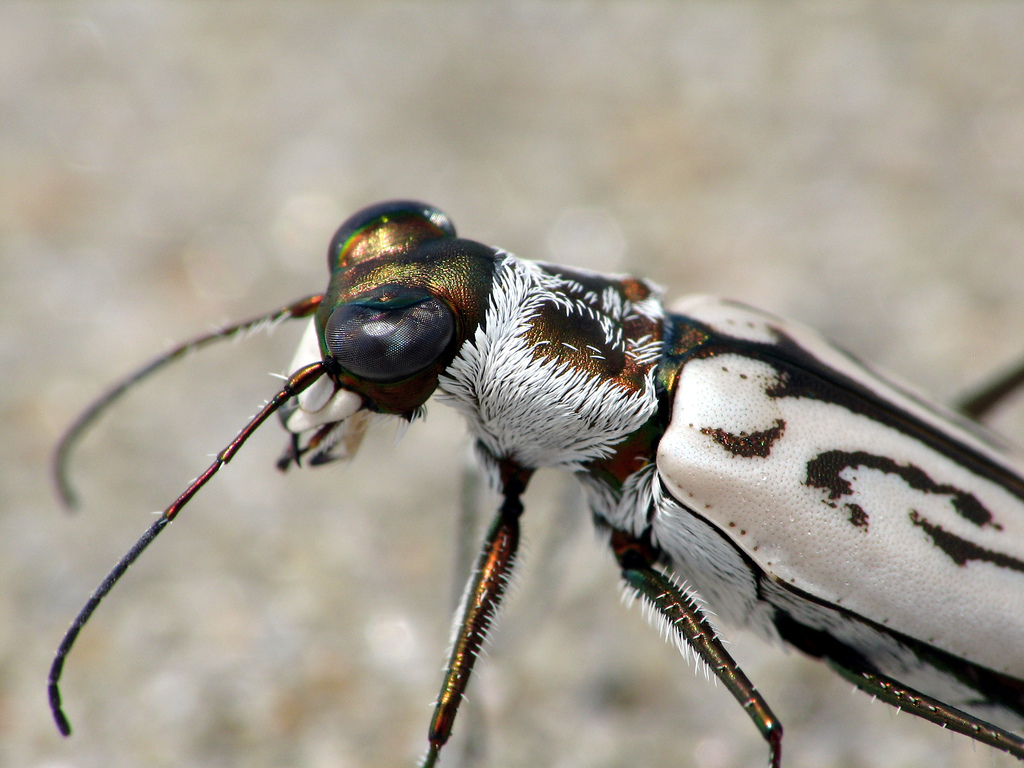
This male Wood Duck seemed agitated, I presume because I was between him and several females.
This week’s Weekend Expedition was a bit of a hurried affair: I wanted to get done and get on the road to return my malfunctioning Canon 60D. This camera was working Saturday night, but when I got up Sunday morning to prepare my gear discovered that my generally reliable camera body would not start. I suspected all manner of grievous harm to the motherboard, and grumpily decided that I would return it for a refund or exchange at the store where I bought it (I had bought the extended warranty).
Because such misfortune can strike at any time, I have a backup body, the Canon 450D (Rebel XSi), which I took on the trip to Burnaby Lake.
While out in the glorious sunshine, seeing the spring springing and the birds and insects becoming active, my mind was still cloudy thinking about my traitorous camera back home. Instead of fully immersing myself in the sight of testosterone-fueled combat between Canada Geese, or sunbathing fireflies, my thoughts were elsewhere, and after a couple of hours I packed up and headed home.
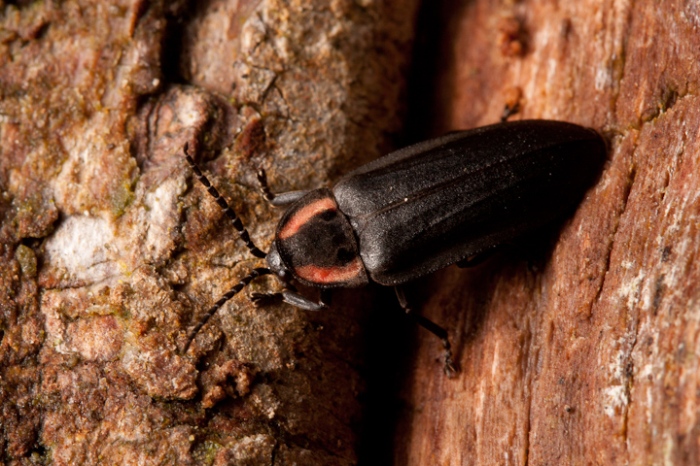
Several Ellychnia hatchi , large, diurnal fireflies. were sunbathing on exposed bark.
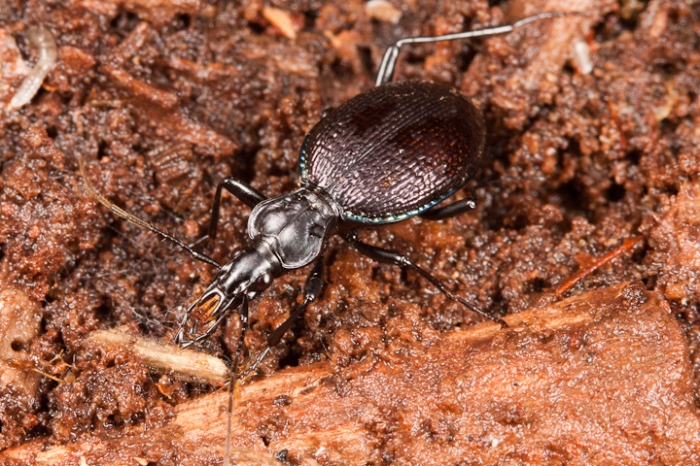
This Scaphinotus marginatus (ID courtesy Todd Lawton) was a new one for me. Generally, the most common Scaphinotus here are the larger Scaphinotus angusticollis. These odd Carabids are specialist predators of snails, and their elongate rostrums are thought to be an adaptation for extracting them from their shells.

I did not get a great shot of the behaviour, but the Canada geese are getting their spring on with some feisty combat.
When I arrived back home, I called the store asking about the procedure for returning the camera. While I was waiting on hold, I started idly wiping the battery terminals with some cloth, thinking it might just be a connection problem in the battery compartment. Sure enough, it ended up being the case that the sole cause of the camera’s mysterious reluctance to boot was dirty contacts on the battery terminals.
Although this Weekend Expedition produced some okay shots, I find that I was dissatisfied with the day. Whereas I had planned a leisurely 4-5 hours ambling around the lake shooting birds and bugs, I ended up truncating the outing, and not really being fully present to make the most of the time I did take.
So there is a lesson in this, I think. While it is important to have a decent lenses and a working body for your expedition, it might be more important to bring a clear mind.
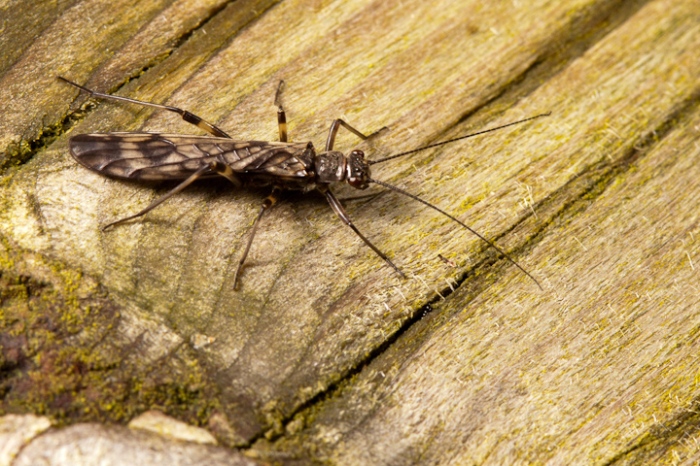
This Stonefly (ID anyone?) was sunbathing on a railing, and fled from my approach. After a time, it resumed sunbathing, so I could take this shot.

Even the Chrysomelids were out to soak up the rare Vancouver sunshine .

Playa.





